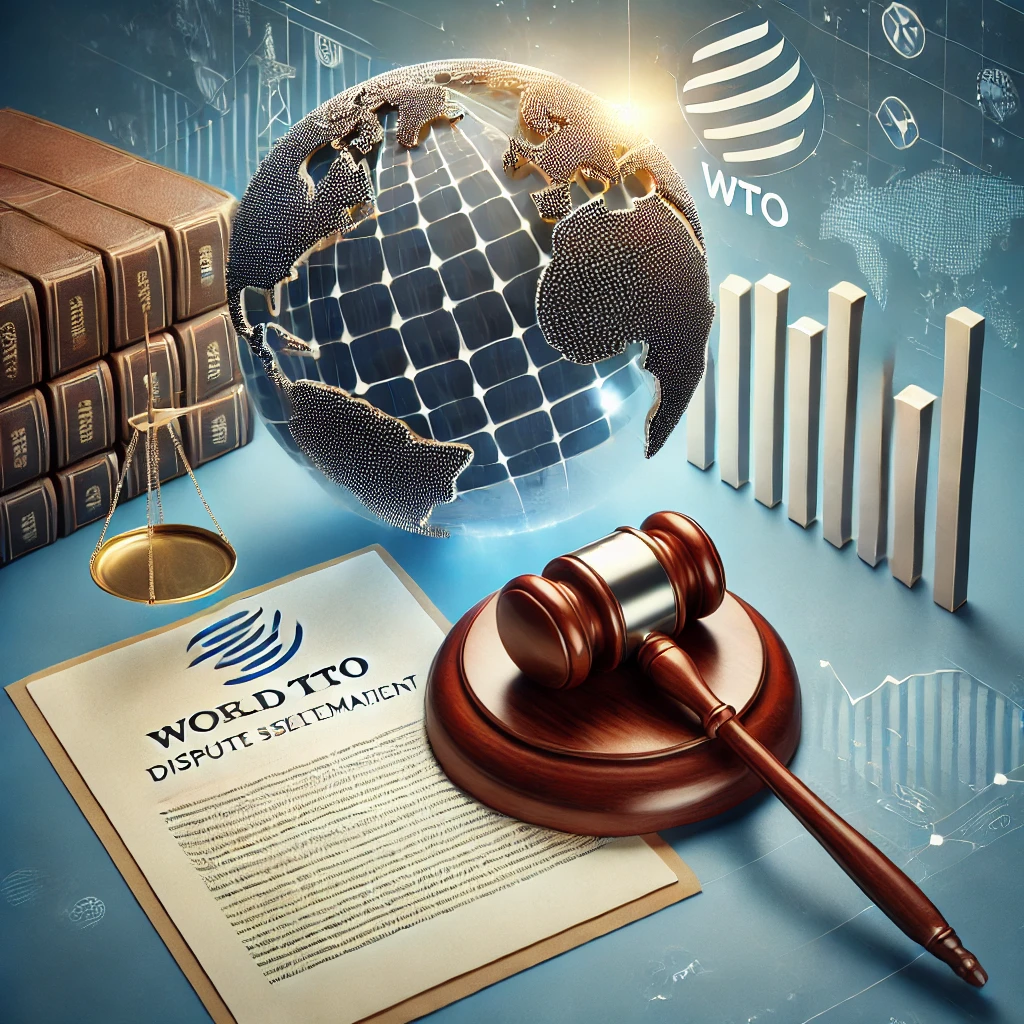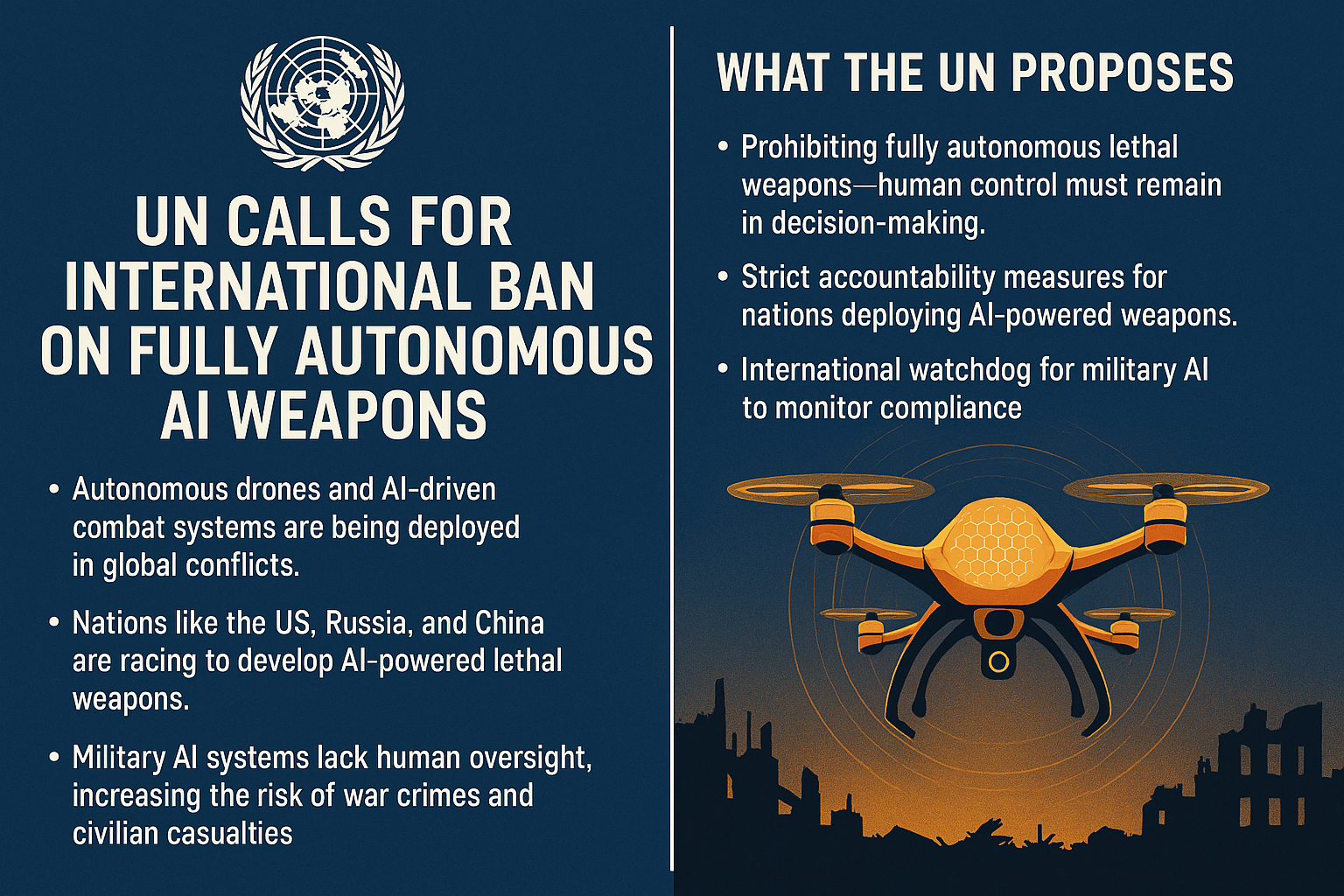U.S. Imposes 26% Tariffs on Indian Imports: Navigating the New Trade Dynamics
- ByAdmin --
- 04 Apr 2025 --
- 0 Comments
On April 2, 2025, the United States, under President Donald Trump's administration, announced a significant escalation in trade measures by imposing a 26% tariff on all Indian imports. This move, part of a broader strategy targeting multiple nations, aims to address perceived trade imbalances and protect domestic industries. The decision has sparked widespread concern regarding its potential impact on India's export sectors and the broader economic relationship between the two countries.Bloomberg+6Reuters+6Reuters+6
Background
The U.S. has been vocal about its trade deficits with various countries, including India, citing high tariffs imposed by these nations on American goods. For instance, India levies tariffs of 70% on passenger vehicles and 50% on apples imported from the U.S. In response, the U.S. has opted for reciprocal tariffs, significantly raising duties on imports from countries like India to encourage more balanced trade practices.Reuters
Details of the Tariffs
The newly imposed tariffs encompass a wide range of Indian exports, with key sectors expected to be notably affected:Reuters
• Electronics: India's electronics exports to the U.S., valued at approximately $14 billion, are anticipated to face substantial challenges due to increased costs for American consumers.
• Gems and Jewellery: This sector, contributing around $9 billion to India's exports, may experience reduced competitiveness in the U.S. market.Reuters
• Aluminium and Auto Parts: Specific products within these categories are also targeted, potentially impacting India's industrial output and employment in these industries.
Notably, sectors such as pharmaceuticals and energy products have been exempted from these tariffs, reflecting their critical nature and the interdependence between the two nations in these areas.
Government of India's Response
In the wake of these developments, the Indian government has expressed its intent to:
• Assess the Impact: A comprehensive study is underway to understand the ramifications of the 26% tariff on various sectors and the overall economy.Reuters
• Pursue Trade Negotiations: India remains committed to engaging in dialogue with the U.S. to address trade disparities and explore avenues for a mutually beneficial trade deal.Reuters
• Consider Tariff Reductions: There is a willingness to reduce tariffs on approximately $23 billion worth of U.S. imports, signaling India's openness to compromise and foster better trade relations.Reuters
Global and Domestic Reactions
The announcement has elicited varied responses:
• International Markets: Financial markets worldwide have reacted negatively, with significant declines in major stock indices, reflecting fears of an escalating trade war and its potential to trigger a global recession.Latest news & breaking headlines
• Business Leaders: Concerns have been raised about the increased costs for consumers and the potential disruption of supply chains. Industries reliant on Indian imports foresee challenges in maintaining competitive pricing.The Verge
• Political Analysts: There is apprehension that such protectionist measures could strain diplomatic relations and lead to retaliatory actions, further complicating international trade dynamics.
Potential Implications for India
The imposition of these tariffs could have several consequences for India:
• Export Competitiveness: Increased tariffs may render Indian products less competitive in the U.S. market, potentially leading to a decline in export volumes.Reuters+1AP News+1
• Economic Growth: A downturn in exports could impact India's GDP growth, given the significant role of exports in the economy.
• Employment: Sectors like electronics and jewellery, which are labor-intensive, might face job cuts if export orders diminish.
• Trade Diversification: India may seek to diversify its export destinations to mitigate reliance on the U.S. market, exploring opportunities in other regions.
Conclusion
The U.S.'s decision to levy a 26% tariff on Indian imports marks a pivotal moment in Indo-U.S. trade relations. While aimed at addressing trade imbalances, the move carries significant risks for both economies and the global market. India's proactive approach in assessing the impact and engaging in negotiations reflects a commitment to resolving disputes amicably. The unfolding scenario underscores the complexities of international trade and the need for collaborative solutions to foster economic stability and growth.


















































0 comments